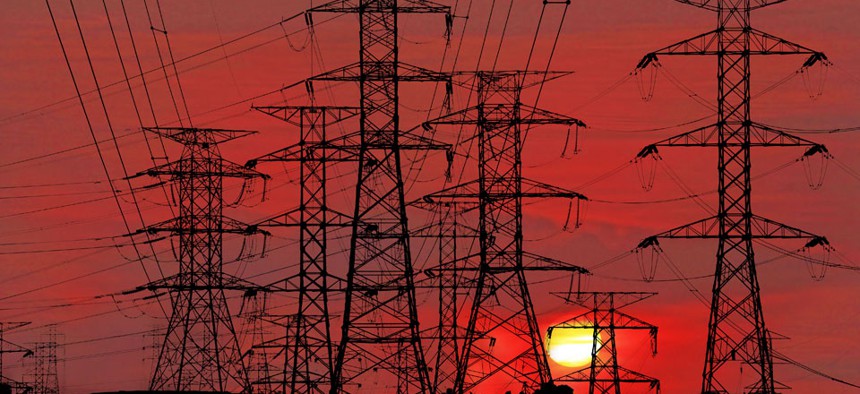Administration Previews Optional Industry Cyber Standards

Gwoeii/Shutterstock.com
The release of a rough copy coincides with a Dallas meeting next week to flesh out the protections with companies.
The Obama administration has released a draft of computer security protocols for companies that operate key systems, such as chemical plants and the electric grid. The document admittedly does not address privacy issues.
Final guidelines to protect the networks that run critical infrastructure are due in February 2014 by executive order. This week's preview is timed to coincide with a workshop in Dallas next week, where government officials and representatives from affected sectors will flesh out the voluntary procedures, a federal official said.
Earlier this summer, National Institute of Standards and Technology officials distributed an outline of the new draft. A final draft is expected to be published in October, according to NIST, the agency ordered to produce the standards.
Absent from the guidelines, officials acknowledge, will be advice on how to protect civil liberties, confirm the identities of system users, and minimize risks introduced by business partners in the supply chain. These will be addressed in future versions because they are "evolving areas that have yet to be developed or require further research and understanding," the 36-page draft states.
Privacy remains a sticking point, as evidenced by controversy over proposed cybersecurity legislation that would allow the intelligence community to inspect timestamps, recipient names, senders and other "metadata" in emails for indicators of malicious transactions. "There are few identifiable standards or best practices to mitigate the impact of cybersecurity activities on individuals’ privacy and civil liberties," NIST officials stated.
Cyber supply chain risks are clearly highlighted in a two-page executive summary and in the body of the manual, but how to deal with the hazards is not. "The weakest links are susceptible to penetration and disruption" and all critical industries rely on other sectors, such as fuel production and transportation, officials stated. "While some dependencies are readily apparent, others are not and many organizations continue to struggle to identify their risks and prioritize their actions due to these operational interdependencies.”
Password entry, biometric scanning and other identification checks to verify a user is who that person claims to be are not suited for operational systems, according to NIST. "Usability has remained a significant challenge for many control systems, as many of the solutions that are available today in the marketplace are for standard computing platforms," officials stated. Also, it's not just people that introduce threats, but inappropriate technology. Many ID tools "are geared only toward identification of individuals; there are fewer standards-based approaches for automated device authentication," officials stated.
Although the guidelines will be optional, federal officials are weighing whether to make them mandatory for government contractors. This week’s provisions correspond with specific industry standards that are more prescriptive.
How It Works
Practically speaking, organizations that follow the handbook's instructions -- to identify, protect, detect, respond, and recover from incidents -- should reduce risks to operations, according to NIST.
Supporting documents released this week offer examples of common real world applications, such as thwarting "insider threats." These are the individuals that intentionally or inadvertently compromise data, as in the case of ex-National Security Agency contractor Edward Snowden who broadcast NSA's secret surveillance programs.
To identify risky personnel, the organization should "understand the lines of communication employees currently use and may use in the future, to include social media, email, and mobile networks," the documents state.
For protection against insider attacks, the company should control who has access to certain physical facilities that house virtual operations, as well as control remote access to internal networks via smartphones and cloud applications. And the firm should tie cybersecurity procedures to human resources procedures during background checks and employee transfers.
To detect a breach as early as possible, an organization should perform automated "continuous monitoring" of odd network activity and physical continuous monitoring of events flagged by the automated monitoring. The business should also perform "personnel monitoring for cybersecurity events flagged by the detection system or process,” the documents state.
After discovering something is wrong, a company should conduct an "impact assessment" to judge the scope of the damage and a forensics analysis to determine what exactly has happened.
Lastly, an organization should execute a previously developed recovery plan.
(Image via Gwoeii/Shutterstock.com)






